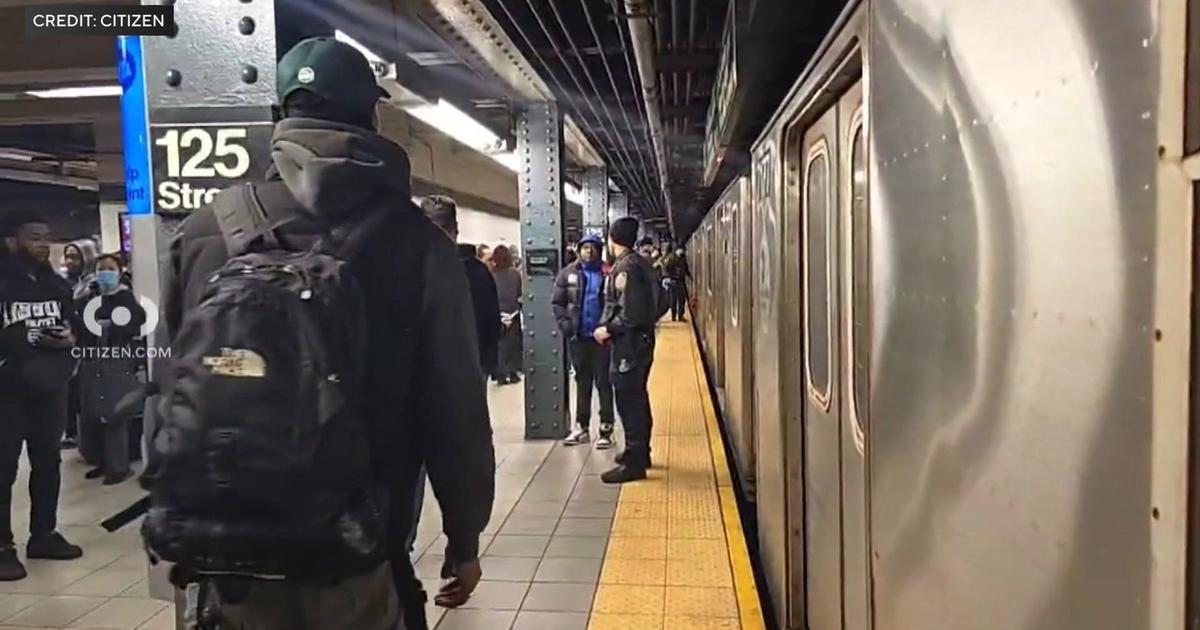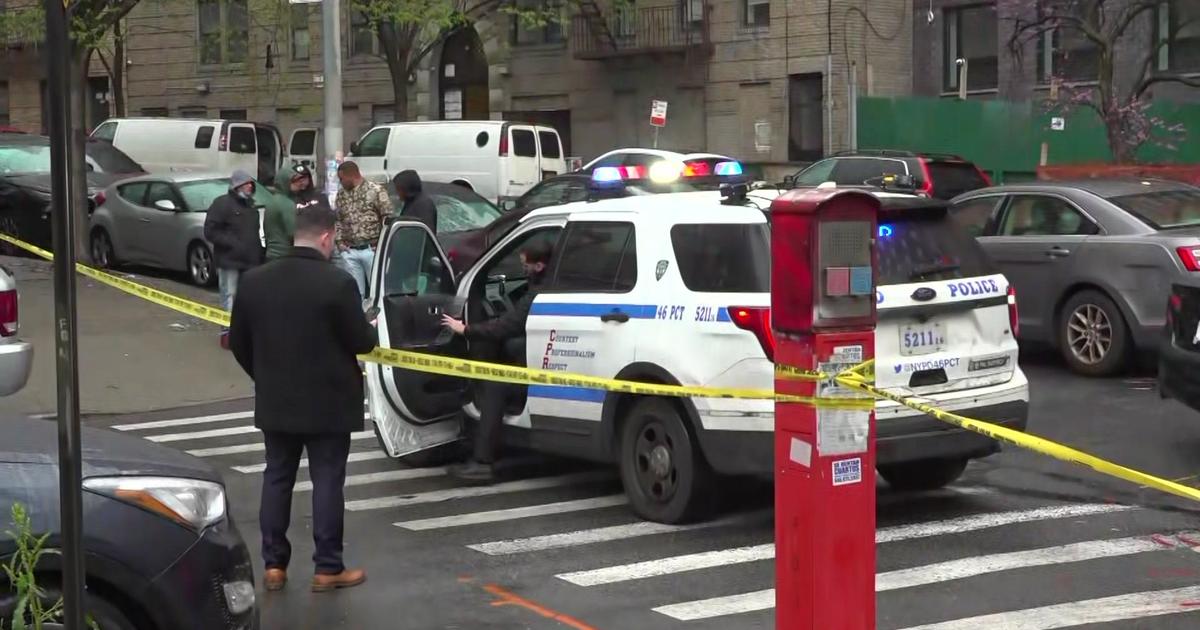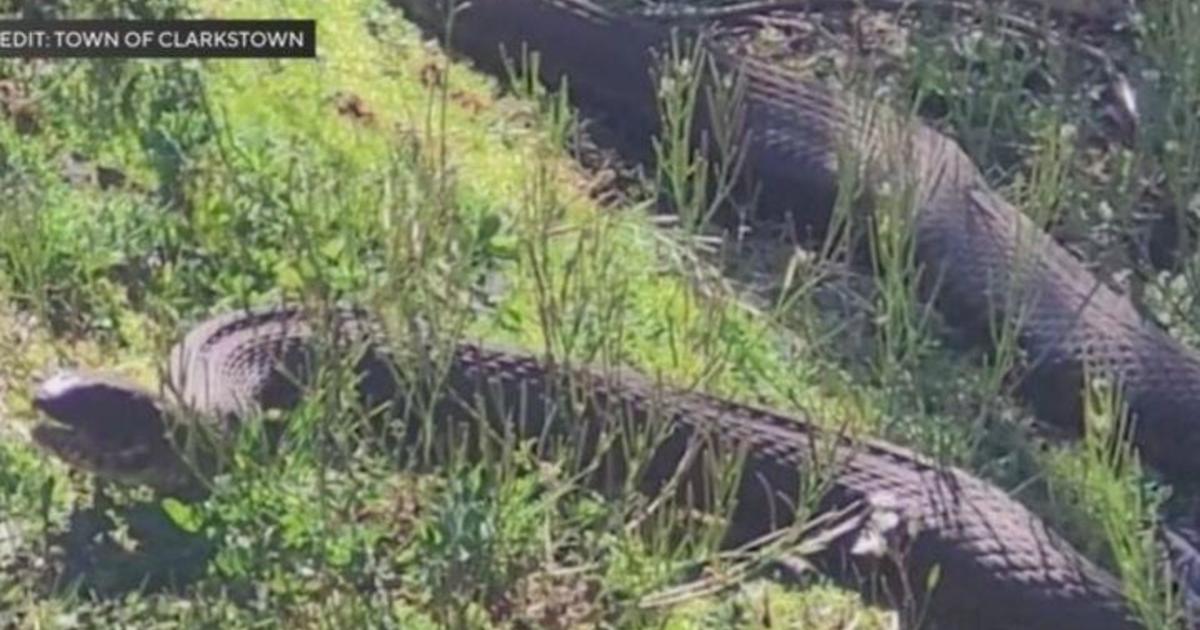Vast California Wildfires Now Deadliest In State History As Death Toll Tops 30
SANTA ROSA, Calif. (CBSNewYork/CBS SF/AP) — The death toll from the out-of-control wildfires raging through California's wine country reached 31 Thursday, while breached fire lines prompted new evacuations.
With word of additional fatalities in Sonoma and Mendocino counties, the wildfires together are now the deadliest in California history. While the Oakland Hills fire of 1991 killed 25 people by itself and the Griffith Park fire in Los Angeles in 1933 killed 29, never in recorded state history have so many people been killed by a simultaneous series of fires, said Daniel Berlant, a deputy director with the California Department of Forestry and Fire Protection.
Hundreds are still listed as missing and officials fear the death toll may surge.
Sonoma County, California Sheriff Robert Giordano said most of the bodies were found during targeted searches. "Because people either called and gave us enough information that we felt we needed to go look for them, or they called to report them missing and we tracked the circumstances backwards enough to where we realized we now had to go look for them."
Giordano said 400 people were still listed as missing. Recovery crews using cadaver dogs were allowing burn areas to cool Thursday as they searched for victims.
Most of those found dead in the county were elderly found inside their homes. "The youngest person on this list is 57 years old," said Giordano. "The bulk of them are in their 70s and 80s."
As CBS News' Chris Martinez reported, the fires had burned more than 191,000 acres as of Thursday night. A total of 3,500 homes and businesses have been destroyed.
A total of 17 people are confirmed dead in Sonoma County alone, with 463 listed as missing, authorities told CBS San Francisco.
"We are moving into a recovery phase," Giordano said earlier. "What we are doing is, we are working the missing persons through their family, through conventional contacts, phones other addresses. As that case leads us to no further information — our next step is going that person's house in the fire zone and try to find them."
Giordano said identifying the bodies was also proving to be a challenge because of the condition of the remains.
"Identification is going to be hard," he told reporters "So far in the recoveries we have found bodies that were almost completely intact and we have found bodies that were nothing more than ash and bones…. Identification might take a long time in some of the cases."
PHOTOS: Northern California Wildfires
Meanwhile, there were concerns about the weather conditions growing even worse. Steady winds with strong gusts up with nearly non-existent humidity were descending on the affected areas late Thursday.
Crews have been setting backfires hoping to contain the massive blaze.
"We are in this fight for the long haul. It's going to continue to get worse before it gets better," Cal Fire Chief Ken Pimlott said Wednesday.
Cal Fire officials said better-than-expected weather conditions had helped crews gain some ground overnight. But they are still facing challenges.
"We still have fire growth on some of our fire in different directions," said Cal Fire Deputy Chief Barry Biermann. "We have a threat that's continuing in multiple areas into structures."
Entire cities had evacuated in anticipation of the next wave -- their streets empty, the only motion coming from ashes falling like snowflakes.
The fires spanned more than 265 square miles as they entered their fourth day, many of them completely out of control. Modern, strategic attacks that have kept destruction and death tolls low in recent years just haven't worked against their ferocity.
"We are literally looking at explosive vegetation," Pimlott said. "Make no mistake," he later added, "this is a serious, critical, catastrophic event."
The ash rained down on the Sonoma Valley, covering windshields, as winds began picking up toward the potentially disastrous forecast speed of 30 mph. Countless emergency vehicles sped toward the flames, sirens blaring, as evacuees sped away. Residents manhandled canvas bags into cars jammed with possessions or filled their gas tanks.
State fire spokesman Daniel Berlant said 22 wildfires were burning Wednesday, up from 17 the day before. As the fires grow, officials voiced concern that separate blazes would merge into even larger infernos.
"We have had big fires in the past. This is one of the biggest, most serious, and it's not over," Gov. Jerry Brown said at a news conference Wednesday, alongside the state's top emergency officials.
They said 8,000 firefighters and other personnel were battling the blazes and more resources were pouring in from Arizona, Nevada, Washington and Oregon.
Flames have raced across the wine-growing region and the scenic coastal area of Mendocino farther north, leveling whole neighborhoods and leaving only brick chimneys and charred appliances to mark where homes once stood.
The historic town of Calistoga – known for its wine tastings and hot springs and with 5,300 residents -- now looks like a ghost town.
The city's mayor wants to keep it that way.
"You will not be given life safety support at this point. You are on your own," said Calistoga Mayor Chris Canning. "If you're trying to visit Calistoga, you are not welcomed."
A desperate battle was also being waged Thursday outside the small wine country town of Geyserville, where firefighters were trying to halt the destructive advance of one fire named the Pocket Fire.
Late Wednesday night, most of the town's residents were ordered out of their homes as the flames edged closer and closer.
"With the predicted winds, it (the fire) has Geyserville in its gun sights," said Cal Fire's Marshall Tuberville.
As dawn approached Thursday, winds were holding steady at 10-15 mph, fanning the flames. The now frightening calling card of a wild fire — an orange glow in the sky — could be seen from downtown Geyserville.
"There are homes on the bottom of the canyon and on the ridge," Tuberville said. "That's (defending those homes) what we are spending our time doing right now. We just don't have the resources to be really effective stopping the forward spread of the fire."
The community of Boyes Hot Springs in Sonoma County also was told to clear out Wednesday, and the streets were quickly lined with cars packed with people fleeing.
"That's very bad," resident Nick Hinman said when a deputy sheriff warned him that the driving winds could shift the wildfires toward the town of Sonoma proper, where 11,000 people live. "It'll go up like a candle."
Huge flames raced up and down hillsides in Northern California overnight, destroying everything in the way including David Arnwine's home in Squaw Valley.
"It was all around my house. And I thought, 'Oh all the helicopters are here,' and then there goes my house, it was gone," Arnwine said.
Homeowner Kevin De Leon also lost everything.
"It's heart-breaking. It is crushing. This looks like another planet," he said.
Flames devoured a K-Mart store in Santa Rosa, and all firefighters could do was watch it burn.
With fires advancing from several sides in Sonoma Valley, law enforcement officers on loan from other areas of Northern California barred residents of evacuated communities from returning to see how the homes and businesses had fared. Manned roadblocks were set up between Sonoma and devastated areas of Santa Rosa.
Alejandro Rodriguez had been evacuated from one tiny Sonoma Valley town, only to have deputies come to the neighborhood to where he had relocated and tell residents there to pack up and go.
"I want to see my house, see if anything's left," Rodriguez said, gesturing at officers at one roadblock. "They won't tell us nothing."
Helicopters and air tankers were assisting thousands of firefighters trying to beat back the flames. Until now, the efforts have focused on "life safety" rather than extinguishing the blazes, partly because the flames were shifting with winds and targeting new communities without warning.
Fires were "burning faster than firefighters can run, in some situations," Emergency Operations Director Mark Ghilarducci said.
Air quality was also an issue as far away as San Jose as smoke from the blazes choked the Bay Area. Dozens of school districts and colleges across the region have cancelled classes for the remainder of the week because of the unhealthy air.
At San Francisco International Airport, the haze was so bad Wednesday that incoming flights were being delayed by 2 1/2 hours and as many as 80 flights were cancelled.
Meanwhile in Southern California, cooler weather and moist ocean air helped firefighters gain ground against a wildfire that has scorched nearly 14 square miles.
Orange County fire officials said the blaze was 60 percent contained and full containment was expected by Sunday, although another round of gusty winds and low humidity levels could arrive late Thursday.
Authorities say the recovery phase will be long and difficult. It is still not clear what caused the wildfires.
(© Copyright 2017 CBS Broadcasting Inc. All Rights Reserved. The Associated Press contributed to this report.)



